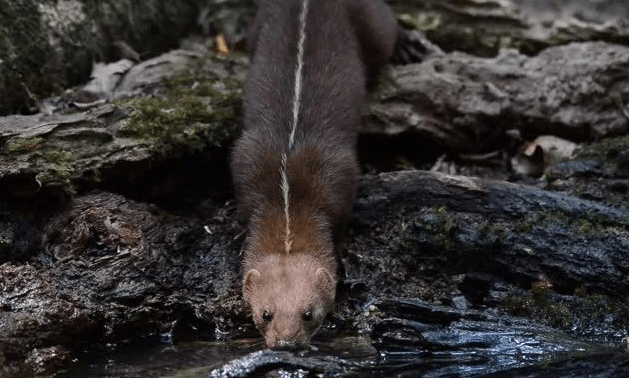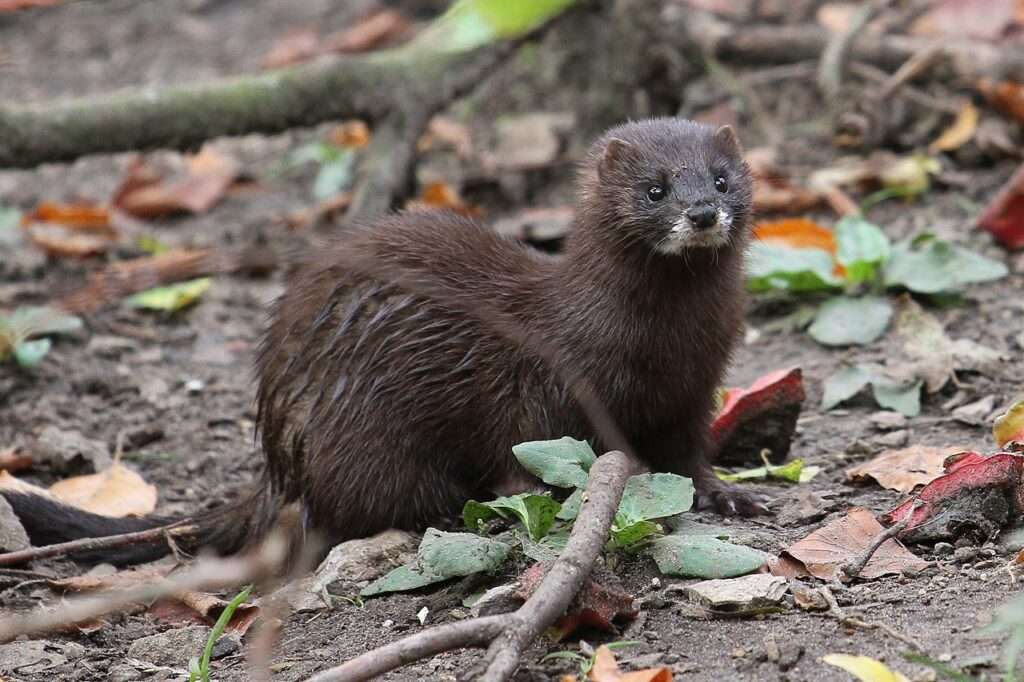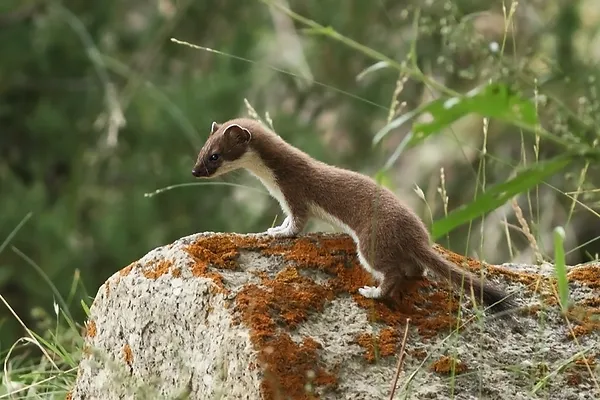
Description
Scientific Name: Mustela strigidorsa
The short, silvery dorsal streak that runs from the occiput almost to the base of the tail and the similar yellowish ventral streak that runs from the breast along the belly set the back-striped weasel apart from all other Mustela species. The dorsal surface’s overall colour ranges from dark to lighter chocolate brown; occasionally, the head is a little paler, and the side of the dorsal streak is often significantly darkened. The colour of the back is carried through to the tail and limbs. From the rhinarium to the level of the ears, the top lip, chin, and throat are all pale, ranging in colour from whitish to ochreous.
The light hue gradually becomes smaller between the forelegs, where it merges with the ventral streak, before expanding on the inguinal region between the thighs. The pale hue is also increasingly smaller on the rear neck and fore chest. The four-lobed plantar ad is highly developed, and the area around the pads of the foot is completely bare.
Habitat
Stripe-backed weasels have been found in a few isolated locations in and around northeastern India, northern and central Myanmar, northern Thailand, southern China, northern and central Laos, and Vietnam, all of which are located at elevations between sea level and 2,500 m (8,200 ft). It lives in a wide range of habitats, thus its habitat requirements are still unknown.

Behavior
Territories are identified by the aroma of Mustela strigidora. Although daytime activity levels are unknown, this elusive animal has typically been spotted in the wild during the day. There is a need for more research into the species’ behavioral characteristics because they have not been adequately studied.
Diet
About their eating habits, little is known. The bandicoot rat is one potential prey species. According to one study, a bandicoot rat was bit and held by the nose by a stripe-backed weasel. Inspecting the cracks and crevices of dead logs while foraging, striped-backed weasels may have been looking for insects, grubs, or worms that live inside the logs.
Table





